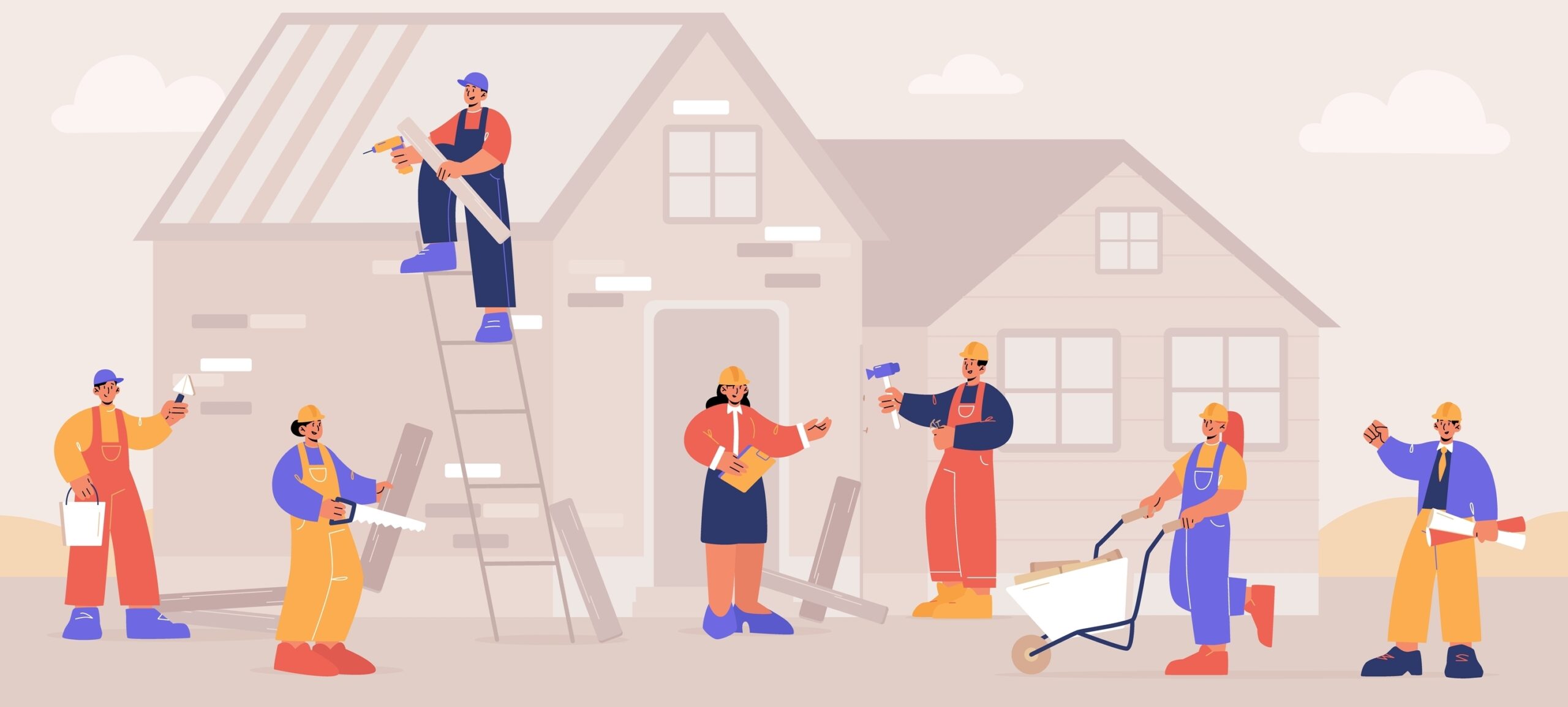
Freddie Mac Moderate Rehab Loans: Transform Your Property with Ease
In pursuing property ownership, individuals often face the challenge of purchasing a structure that requires cosmetic or structural improvements. Buying a property that needs repairs
